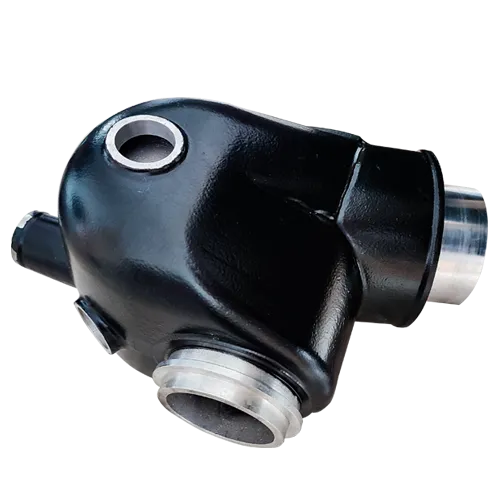Mobile:+86-311-808-126-83
Email:info@ydcastings.com
bronze casting mold
The Art of Bronze Casting Molds
The Art of Bronze Casting Molds
Traditionally, bronze casting uses a type of mold known as the lost-wax method, which dates back to ancient civilizations. In this technique, a sculptor crafts a model of the intended object using wax. Once the model is complete, it is encased in a heat-resistant material, often a fine plaster or clay, to create a mold. The mold is then heated, causing the wax to melt away, hence the name lost-wax. This leaves a cavity in the shape of the original model, ready to be filled with molten bronze.
bronze casting mold

The bronze itself is an alloy, typically composed of copper and tin, which provides strength and durability. When the metal is poured into the mold, it takes on the detailed shape of the original sculptor's design. After the bronze cools and solidifies, the mold is broken away, revealing a remarkable piece that often reflects the skill and artistry of the original craftsman.
Modern advancements in materials and technology have enhanced the bronze casting process. Artisans can now create molds using silicone and other modern composites, which offer flexibility and improved detail. Additionally, digital technologies such as 3D printing allow for the rapid prototyping of molds, streamlining the casting process for artists and manufacturers alike. This fusion of traditional and modern techniques has opened up new avenues for creativity, resulting in unique and contemporary bronze art pieces.
Despite the changes in technology, the essence of bronze casting remains rooted in its historical techniques. Each piece created, whether through ancient methods or modern innovations, tells a story—one of craftsmanship, culture, and artistry. From sculptures to functional art, bronze casting molds continue to be a vital tool in the creation of stunning works that endure the test of time, captivating audiences with their beauty and historical significance.
-
Impeller Technology That Powers Precision in Pump SystemsNewsMay.22,2025
-
Valve Durability Begins with Quality Cast Iron ComponentsNewsMay.22,2025
-
Performance Cooling with Advanced Automobile Water Pump SolutionsNewsMay.22,2025
-
How Motor Housing and Oil Pans Shape Engine PerformanceNewsMay.22,2025
-
How Metal Castings Drive Modern Manufacturing EfficiencyNewsMay.22,2025
-
Exploring the Engineering Behind Valve Body CastingsNewsMay.22,2025











